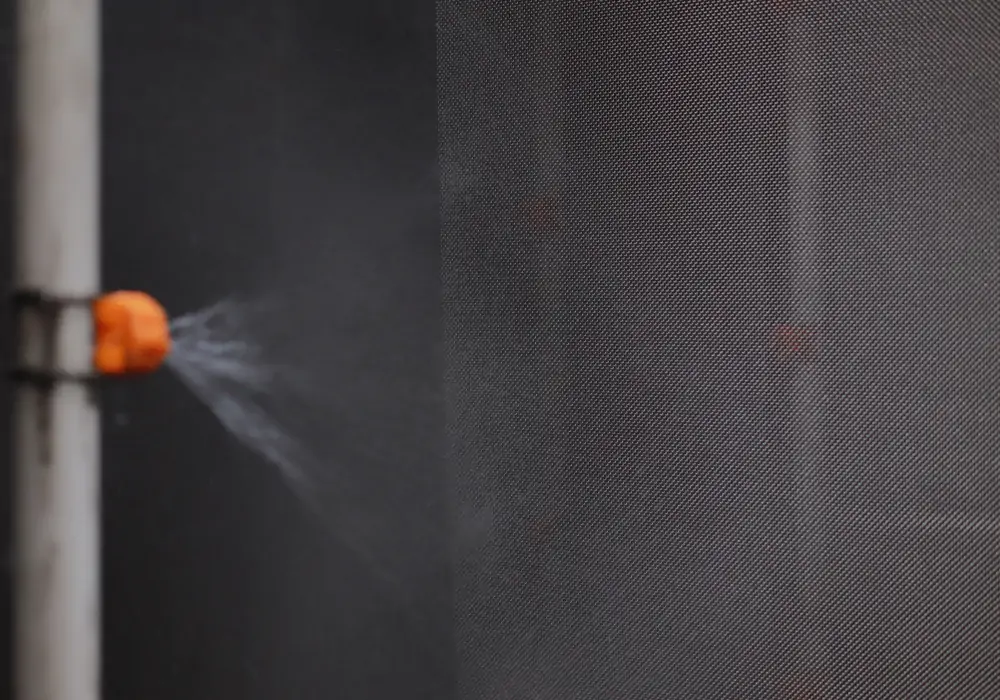Stainless steel security mesh is a popular material used for security screens in doors and windows. It is strong, durable, and resistant to corrosion, making it an ideal material for security purposes. However, the production of stainless steel security mesh requires careful pre-treatment to ensure the highest quality and longevity of the finished product. In this article, we will explore why pre-treatment is so important in producing stainless steel security mesh.
Types of Pre-Treatment
There are several types of pre-treatment that are commonly used in the production of stainless steel security mesh:
Degreasing
Degreasing is the process of removing any oil, grease, or other contaminants from the surface of the stainless steel. This is typically done using a solvent or detergent that is designed to dissolve and remove these substances from the surface of the steel. Degreasing is an important step in pre-treatment because it ensures that the surface of the steel is clean and free of contaminants that can interfere with the adhesion of the security mesh.
Pickling
Pickling is the process of removing any surface oxide or other contaminants from the stainless steel surface. This is typically done using an acid solution that is designed to dissolve and remove any surface contaminants. Pickling is important because it creates a clean surface that is free of impurities and conducive to adhesion.
Passivation
Passivation is the process of treating the stainless steel surface with a chemical solution that is designed to enhance its corrosion resistance. This is typically done using a solution of nitric acid, which reacts with the surface of the steel to create a thin layer of oxide that provides enhanced corrosion resistance. Passivation is important in the production of stainless steel security mesh because it ensures that the finished product is resistant to corrosion, which is essential for its effectiveness as a security screen.
Benefits of Pre-Treatment
Proper pre-treatment provides several benefits that are essential for the production of high-quality stainless steel security mesh:
Improves Adhesion
Pre-treatment ensures that the surface of the stainless steel is clean and free of contaminants, which improves adhesion. This is important because strong adhesion is necessary to ensure that the security mesh is effective and long-lasting.
Enhances Corrosion Resistance
Pre-treatment, particularly passivation, enhances the corrosion resistance of the stainless steel. This is important because the security mesh is often exposed to harsh environmental conditions, including exposure to saltwater, which can cause corrosion and reduce the effectiveness of the security screen. By enhancing the corrosion resistance of the stainless steel, pre-treatment ensures that the security mesh remains strong and effective, even in harsh environments.
Improves Surface Finish
Pre-treatment can also improve the surface finish of the stainless steel. This is important because a smooth surface finish can enhance the appearance of the security mesh and make it more appealing to customers. A smooth surface finish can also reduce the likelihood of corrosion and other issues that can reduce the effectiveness of the security screen.
In conclusion, pre-treatment is an essential step in the production of high-quality stainless steel security mesh. Proper pre-treatment, including degreasing, pickling, and passivation, ensures that the surface of the stainless steel is clean and free of contaminants, enhances corrosion resistance, and improves surface finish. By taking the time to properly pre-treat the stainless steel, manufacturers can produce security screens that are strong, durable, and effective.


